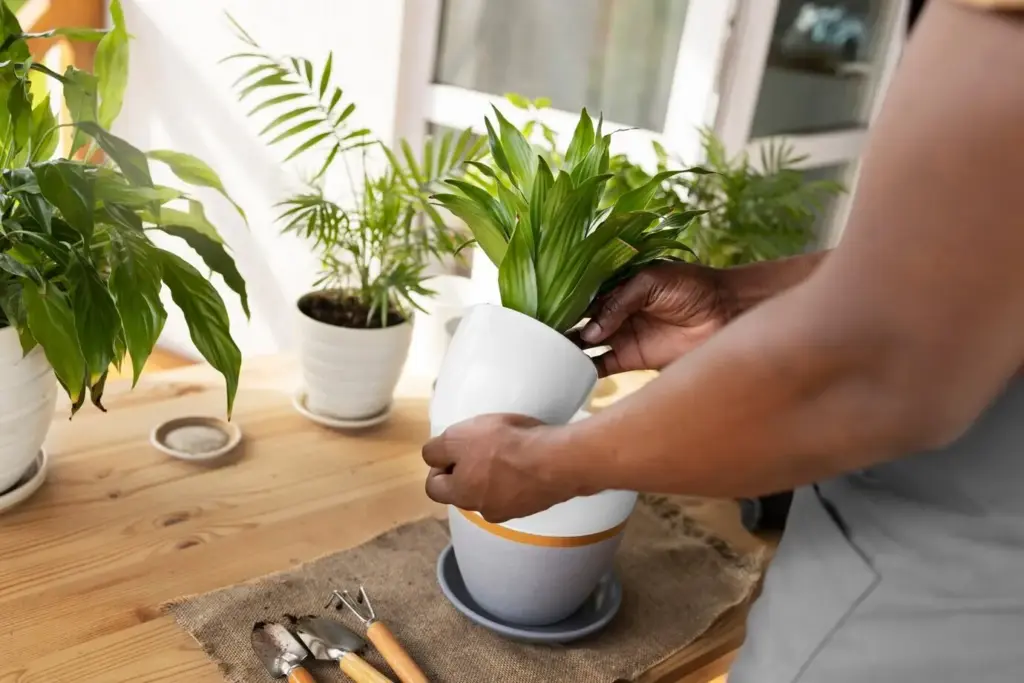Greening High Places: Rooftops and Balconies Reimagined
Today we dive into designing small urban rooftop and balcony green spaces, turning compact, wind-swept perches into restorative habitats. We’ll balance structure, weight, and waterproofing with plant resilience, smart watering, and comfort. Expect practical steps, hard-won lessons, and ideas you can adapt this weekend, no matter your climate or budget. Share your constraints, photos, and goals with us, and together we’ll translate skyward potential into daily delight, one planter, trellis, and cup of compost at a time.

Start With the Sky: Smart Site Reading
Before buying a single planter, read the site like a tiny landscape above the street. Track sun angles through seasons, feel prevailing winds, note reflected glare, measure clearances, confirm structural limits, and learn codes. A simple logbook and phone photos reveal patterns that guide every decision, from seating placement to drip-line routes. Observing first prevents expensive mistakes and ensures your oasis thrives with less effort and fewer surprises all year.

Lightweight Containers, Living Soil, Reliable Drainage
Great containers feel substantial but weigh little, while soil stays airy, fertile, and well-drained. Mix coco coir, compost, perlite, and expanded clay for structure without heaviness. Sub-irrigated planters reduce watering, protect finishes, and stabilize tall plantings. Drainage mats, trays, and careful slopes safeguard membranes. Thoughtful choices protect your building, support roots, and reduce maintenance, letting you focus on fragrance, texture, and harvests rather than soggy pots and messy overflows.
Plants That Laugh at Wind and Heat
Sun-Baked Balcony and Roof Palette
Create structure with dwarf pines, junipers, and hardy olives where permitted, then soften with feather reed grass, blue fescue, and festuca. Add rosemary, thyme, lavender, and santolina for scent and pollinators. Sedums and ice plants carpet edges beautifully, shrugging off neglect. Plan height transitions to break wind and frame views. Silver foliage cools the palette while reflecting light. Seasonal bulbs surprise between perennials, keeping containers interesting even during shoulder seasons.
Shaded Sanctuaries With Lush Texture
Where towers or parapets block sun, lean into serenity. Mix Japanese forest grass, heuchera, ferns, and hostas for layered texture. Hydrangeas in large containers deliver drama, while hellebores flower when nothing else does. Glossy camellias shine in cool climates with protection, and evergreen box supports structure. Moisture-retentive mulch and wind-filtering screens make shade gardens thrive aloft. The result feels like a pocket woodland, cooling nerves and muffling street noise beautifully.
Small-Space Edibles and Espaliered Abundance
Grow harvests without sacrificing space using dwarf tomatoes, chilies, compact berries, and cut-and-come-again greens in sub-irrigated planters. Train citrus or figs flat against trellis for sunlight and airflow. Interplant basil, chives, and nasturtiums to attract pollinators and deter pests. Succession sowing keeps salads coming, while microgreens bridge gaps between crops. A simple basket by the door reminds you to pick daily, turning commutes into delicious, fragrant rituals at elevation.
Water Wisdom for Elevated Gardens
Consistency beats quantity. Drip irrigation with a timer, pressure reducer, and backflow preventer delivers sips, not floods. Moisture sensors and sub-irrigated reservoirs protect plants during heatwaves and holidays. Mulch reduces evaporation and cushions soil from wind. Where rules allow, rain capture supports sustainability; where they don’t, conservation habits still matter. Thoughtful plumbing respects neighbors, prevents leaks, and cuts maintenance. Hydration becomes predictable, roots grow deeper, and plant health stabilizes beautifully.
Comfort, Privacy, and Place-Making
Green spaces should feel like an embrace. Use layered planters, louvered screens, and trellised vines to filter views and wind, shaping refuge rather than isolation. Position seating where morning sun warms shoulders and evening glare softens. Choose cushions and materials that resist UV and mildew. Add low-glare, dark-sky-friendly lighting for safety and magic. These human touches transform a planted platform into a beloved living room that just happens to float above the city.
Seasonal Care That Actually Happens
Anchor your year with a realistic calendar: spring soil refresh and trellis checks, summer deadheading and pest scouting, autumn repotting and drainage audits, winter wrap for tender roots. Keep a small tote with gloves, snips, and extra emitters by the door. Fifteen predictable minutes each week beats marathon rescues. Track wins and failures in photos. Over time, your plants, routines, and confidence synchronize, turning stewardship into a soothing, almost meditative ritual.
Phasing Projects and Spending Wisely
Begin with infrastructure that multiplies returns: irrigation, quality containers, and a few hardy anchor plants. Add layers slowly, watching how wind, sun, and habits evolve. Buy perennials over annual splurges, and hunt for reclaimed furniture or planters to stretch budget. Prioritize safety and waterproofing before accessories. A clear plan protects enthusiasm from sticker shock, while each phase brings visible improvement. The result feels intentional, resilient, and uniquely yours rather than rushed or trendy.